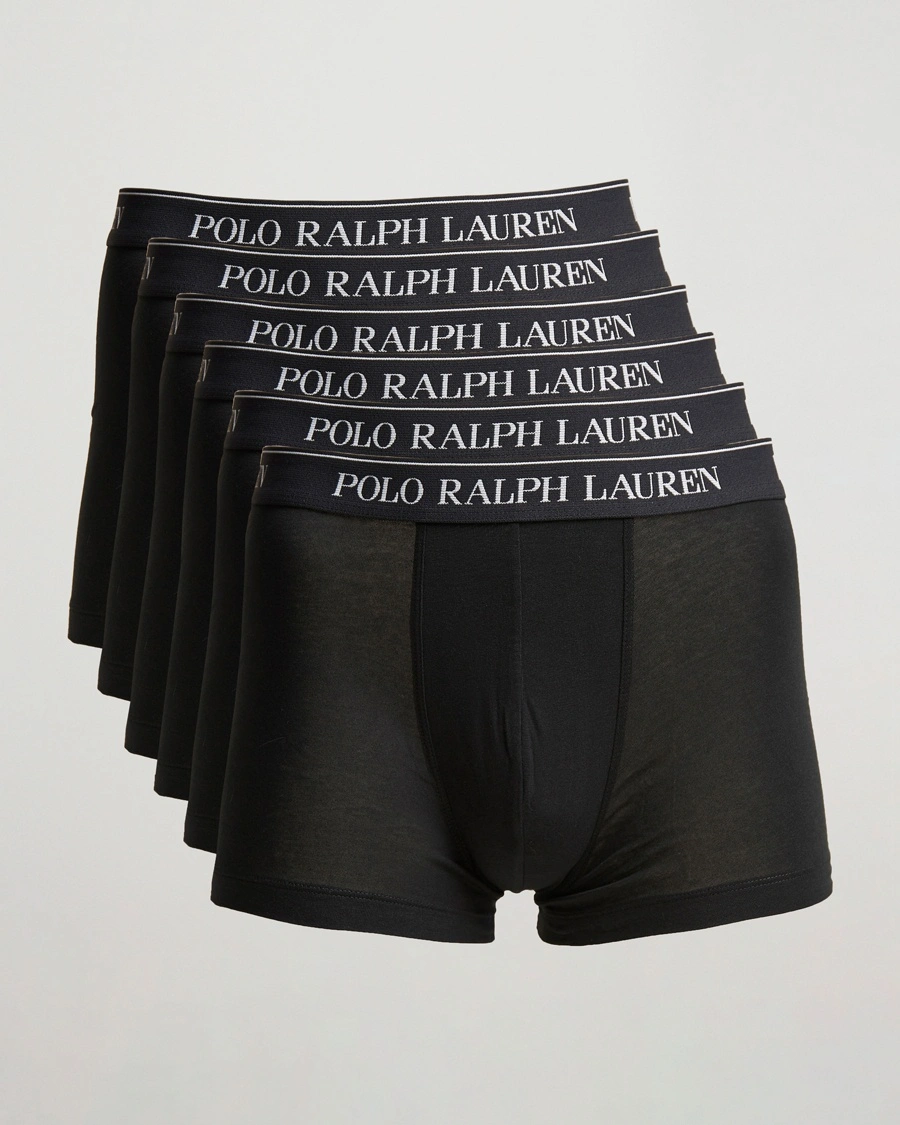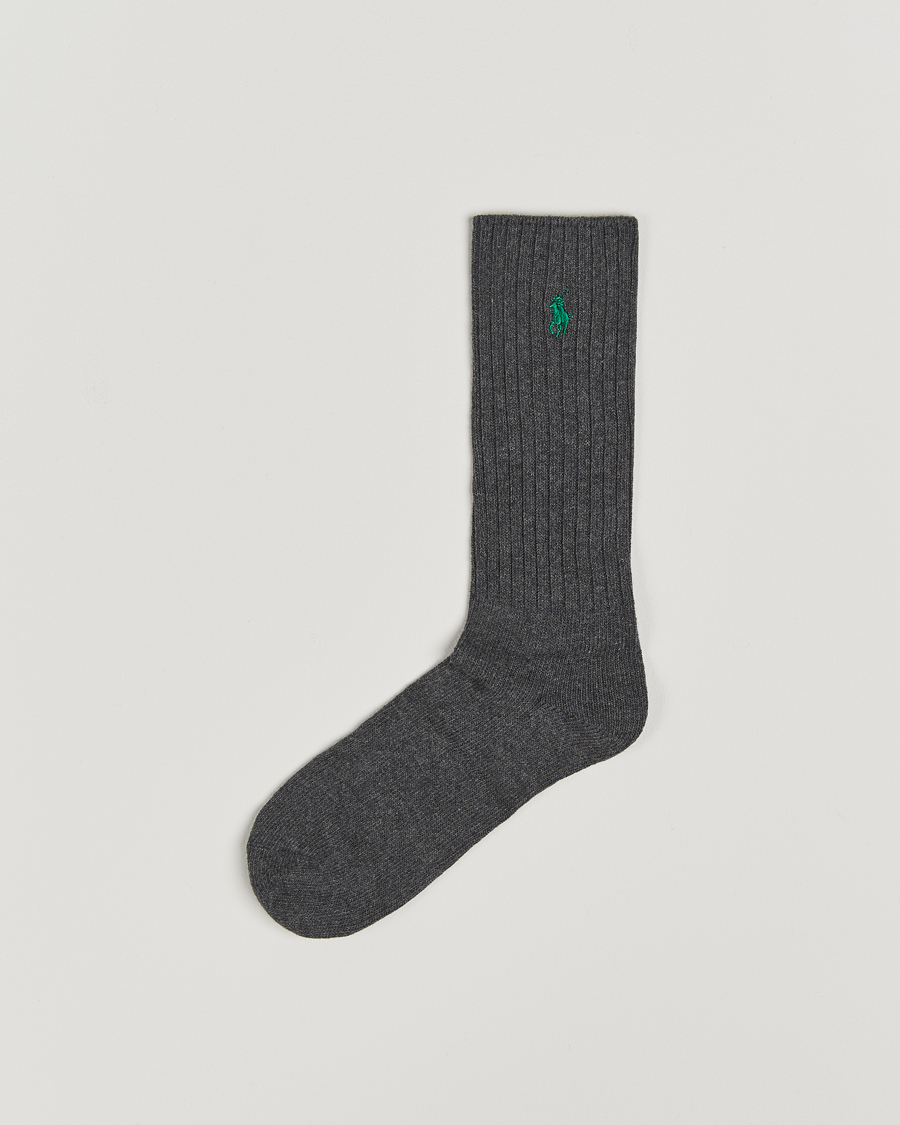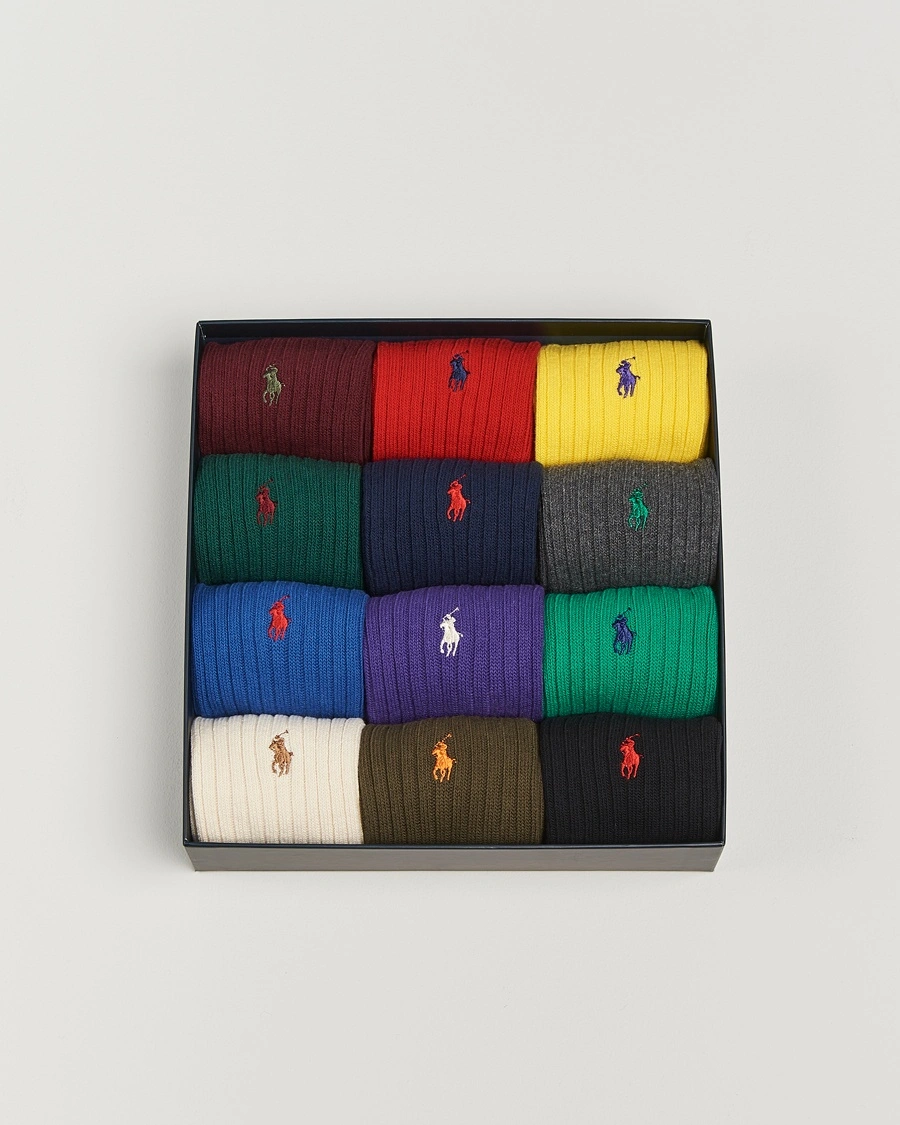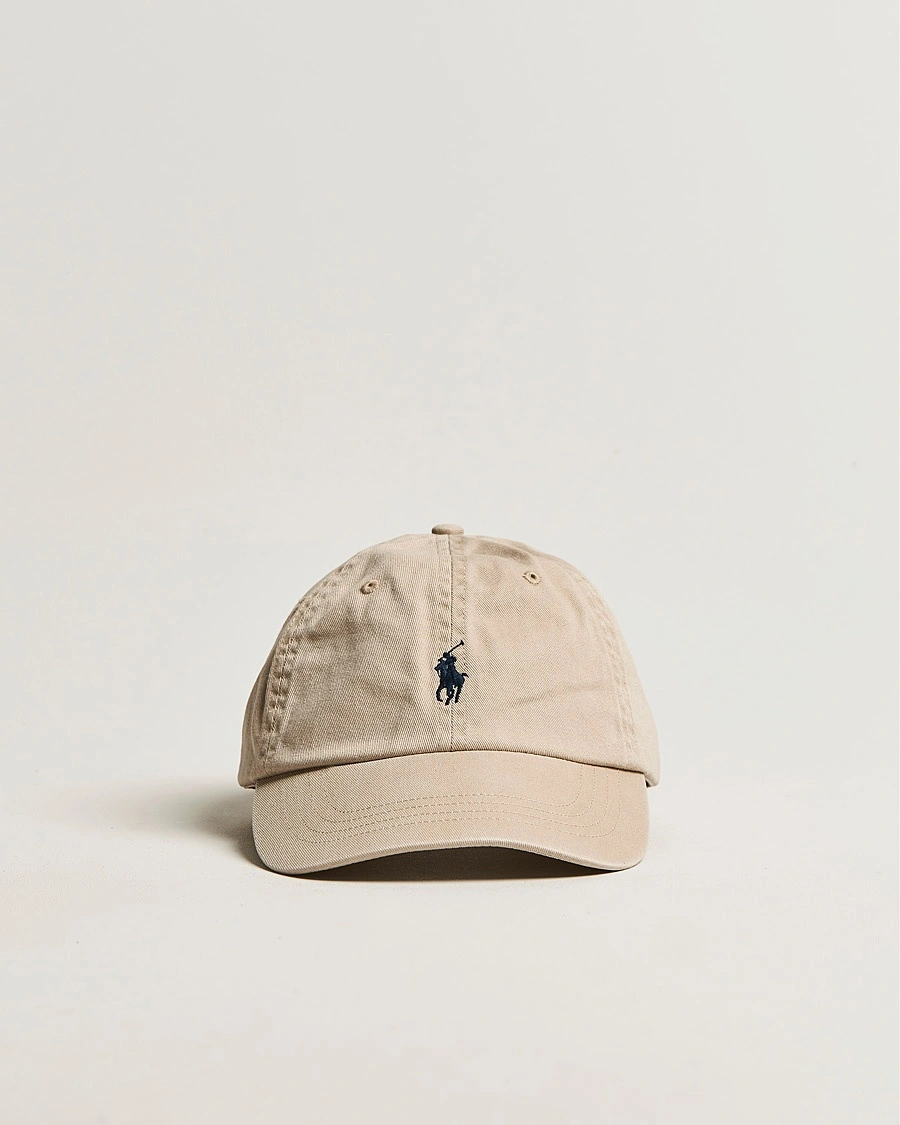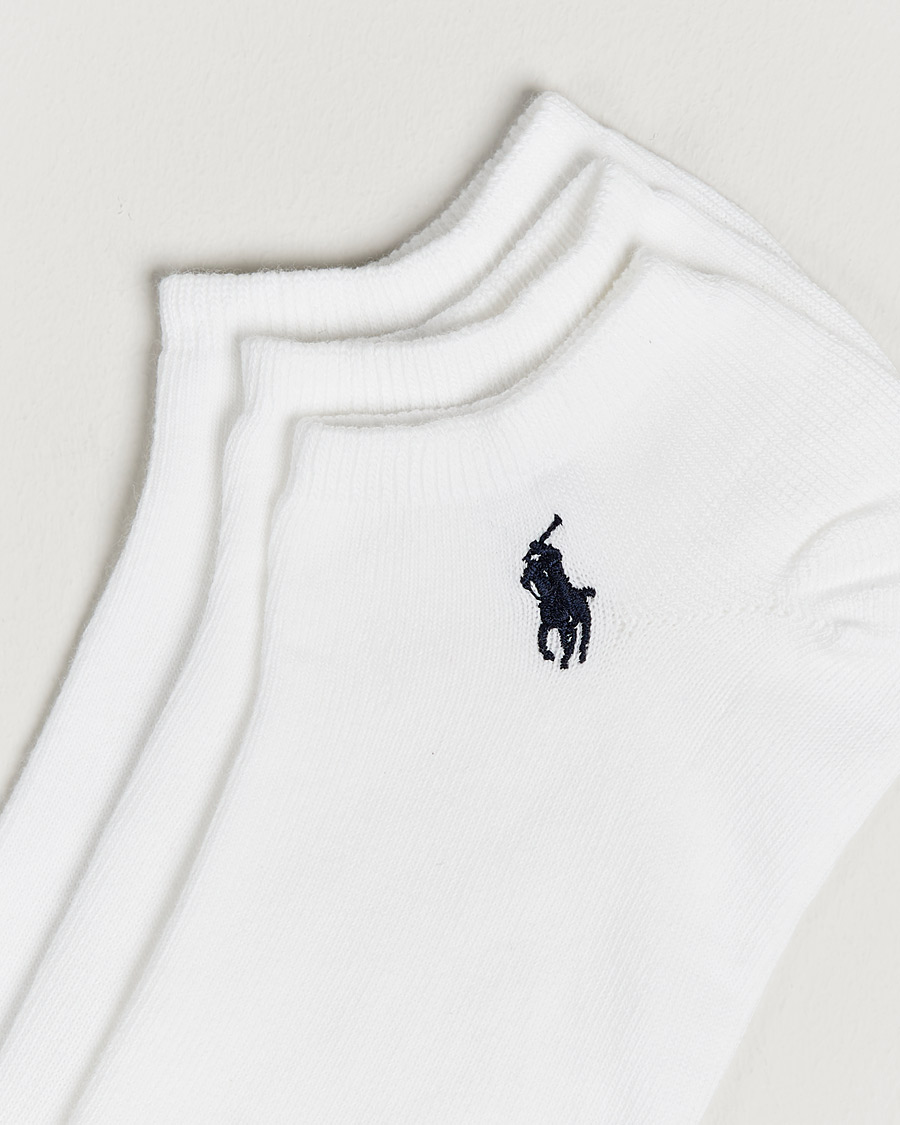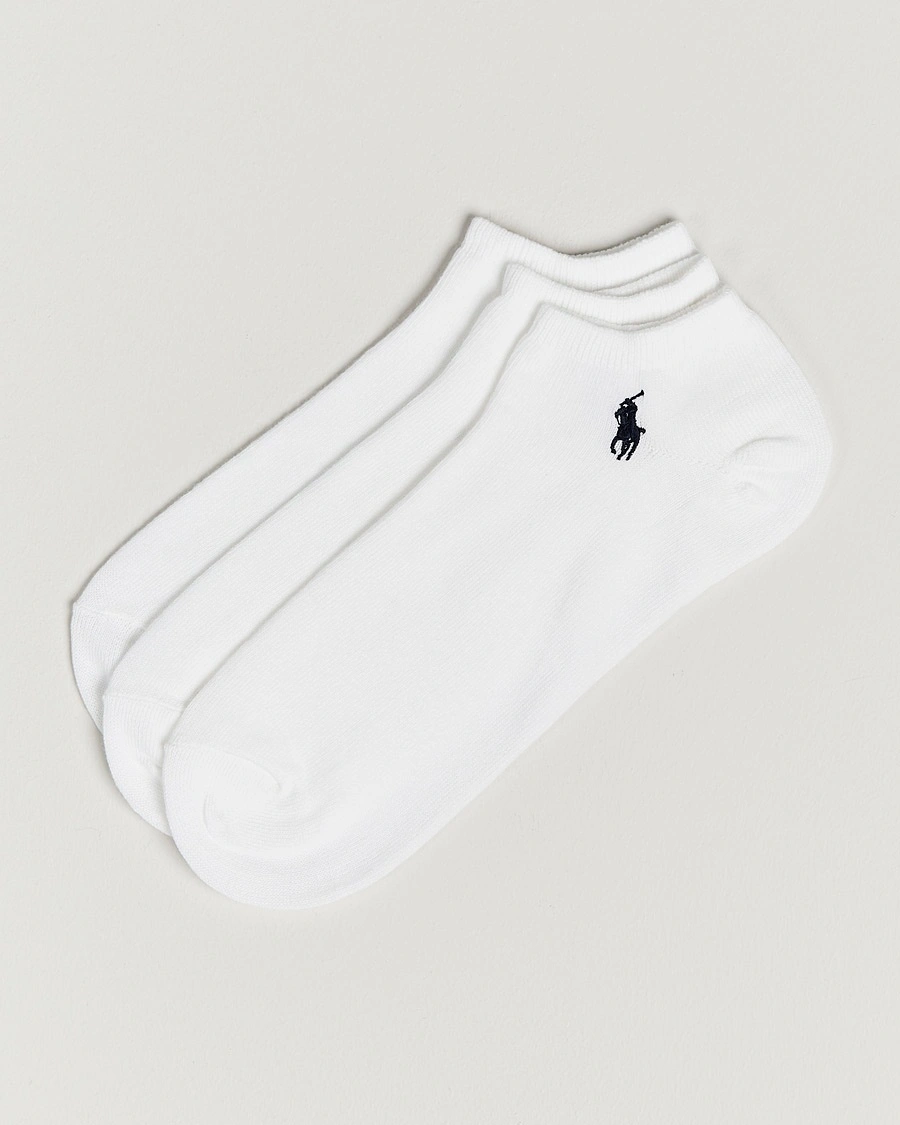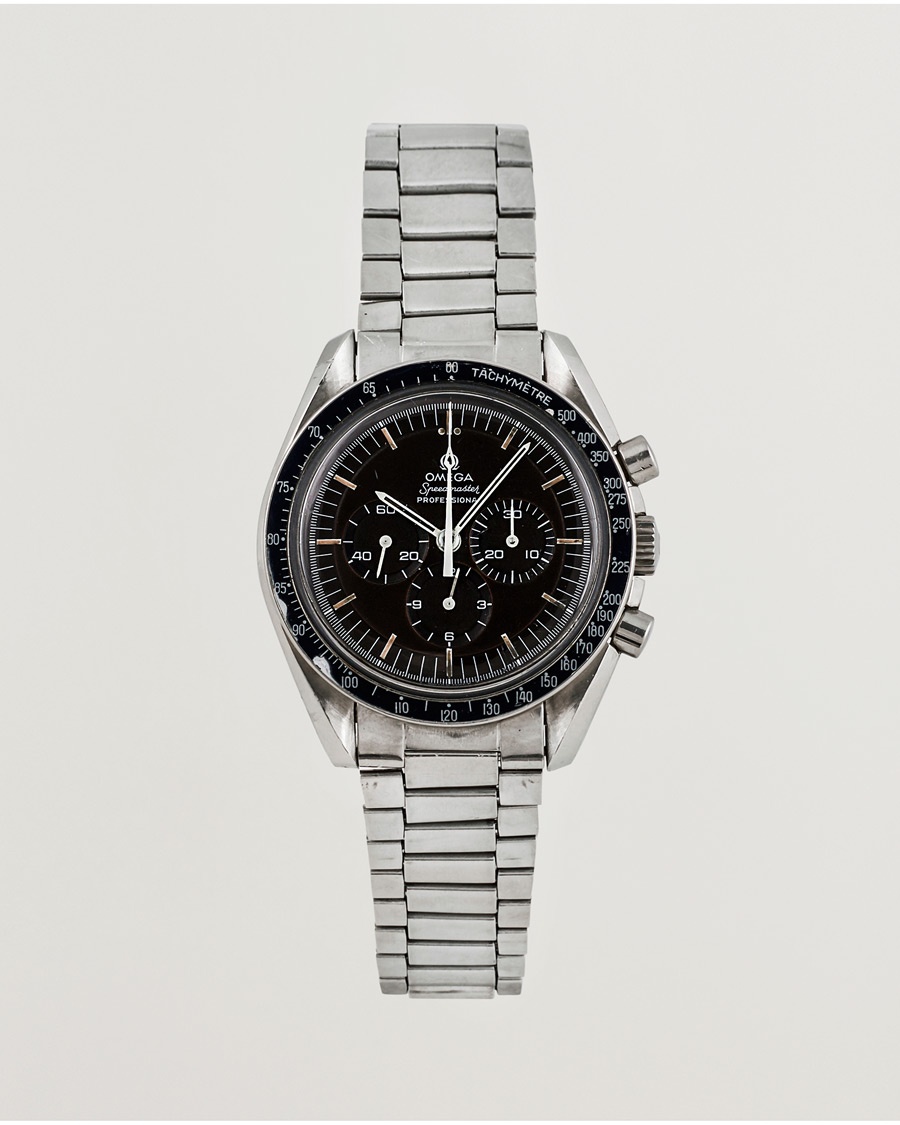
Everything you need to know about Omega
text: joakim rönnqvist
photo: gustaf peterson
Omega, the Swiss watch brand dating back to 1848, has cemented its place in watch history through a combination of design, innovation and well-known models.
History and heritage
Omega was founded by Louis Brandt in La Chaux-de-Fonds, Switzerland. It started as a small workshop where Brandt made pocket watches. Soon his sons took over and continued to develop the company. In 1894 they revolutionised the watch industry by introducing the first mass produced movement, the movement was named "Omega" to signal perfection and achievement.In the early 20th century, Omega became known for its precise timepieces being used by many railway workers and soldiers around the world. In 1932, Omega was chosen as the official timekeeper of the Los Angeles Olympic Games, marking the beginning of a long and successful association with sporting events and the Olympic Games.

Curious and notable moments:
Besides the obvious connection to NASA, the Apollo mission and Agent 007, Omega has a much richer history than that. Among other things, Omega has surpassed Rolex by reaching the deepest point in diving.
In 2012, James Cameron achieved a diving record with a purpose-built Rolex Deep Sea. The record was 10,908 metres and took place in the Mariana Trench at the Challenger Deep.
However, Omega has dived even deeper - as much as 20 metres. The watch used for the record was a watch named: “Omega Seamaster Planet Ocean Ultra Deep Professional”. The new record was 10,928 metres, where the watch that was designed for mass production can handle 6,000 metres.
Another fact is that Omega was the first to market watches for divers. In 1932, Omega completed a test in which the watch was submerged to 73 metres in Lake Geneva. It passed the test successfully and thus became the first waterproof watch in the world intended for diving.
If Poseidon or Aquaman were to buy a watch, we probably know which one they would choose.
Did you know that…
... During majority of the 1940s–1970s, Omega was the most prominent brand for exclusive watches in Sweden. It is therefore not unusual to come across older Omega watches in the side cabinet drawers of mothers and grandparents around the country.... After extensive testing, NASA chose Omega and the Speedmaster, over brands such as Rolex, Longines and Hamilton, as the astronauts' watch of choice during the first lunar landing.
... Our Swedish pole vault star Armand Duplantis has been sponsored by Omega for a few years now, and of course it was with an Omega on his wrist that "Mondo" set the new world record of 6.23 metres at the Diamond League finals in 2023.
The 3 most iconic models
Omega Speedmaster Professional:
One of the most famous and respected watches in the world, the Speedmaster Professional, perhaps best known as the "Moon Watch" due to its association with the Apollo 11 mission. With its distinctive appearance and high precision, it has been a firm favourite among astronauts and watch enthusiasts for over half a century.
Omega Seamaster:
Introduced in 1948, the same year Omega turned 100, the Seamaster was originally designed as a rugged and waterproof watch for military divers in tough conditions. Over time, it has evolved into an elegant and versatile watch that has been worn by many celebrities and movie stars. In addition, it has been the official watch of James Bond since 1995.
Omega Constellation:
Today it is a rather forgotten and underrated model, but the fact is that in the 50s, many wanted the Constellation model. With the characteristic "claws" on the case, many older Constellation watches have a unique and recognizable aesthetic, which in my opinion is among the best in class for older vintage watches from the 1950s-1960s.
The Constellation got its name from the emblem on the case back, which shows an observatory with eight stars above it. The eight stars symbolise two chronometer records and six first prizes that Omega obtained between 1933 and 1952.

3 favourites in store right now:
Do you want to continue where you were?
Customer service
FAQ
Answers to the most frequently asked questions can be found here.
We aim to reply to your email within one working day.
Personal Style Advice
We currently offer personal style advice through both digital and in-person customer meetings near our headquarters in Borås, Sweden.
If you're interested in booking a session with our personal shopper, send an email to us at [email protected], specifying whether you prefer a digital or in-person meeting, and we will get back to you with more details and available time slots.
Our style advisors look forward to helping you update your wardrobe and invest in timeless, quality garments!
Log in
-
Sweden
-
Denmark
-
Norway
-
Finland
-
Germany
-
Austria
-
Belgium
-
Ireland
-
Croatia
-
Cyprus
-
Czech Republic
-
Estonia
-
Greece
-
Hungary
-
Liechtenstein
-
Lithuania
-
Luxembourg
-
Malta
-
Poland
-
Portugal
-
Slovakia
-
Slovenia
-
Bulgaria
-
Latvia
-
Romania
-
Netherlands
-
France
-
Switzerland
-
Spain
-
Italy
-
United Kingdom
-
Saudi Arabia
-
New Zealand
-
Taiwan
-
United Arab Emirates
-
Japan
-
Australia
-
Canada
-
United States of America
-
South Korea
-
Hong Kong
-
Singapore
-
Kuwait
-
Malaysia
-
Qatar







